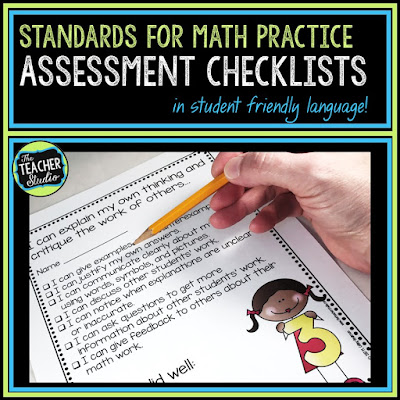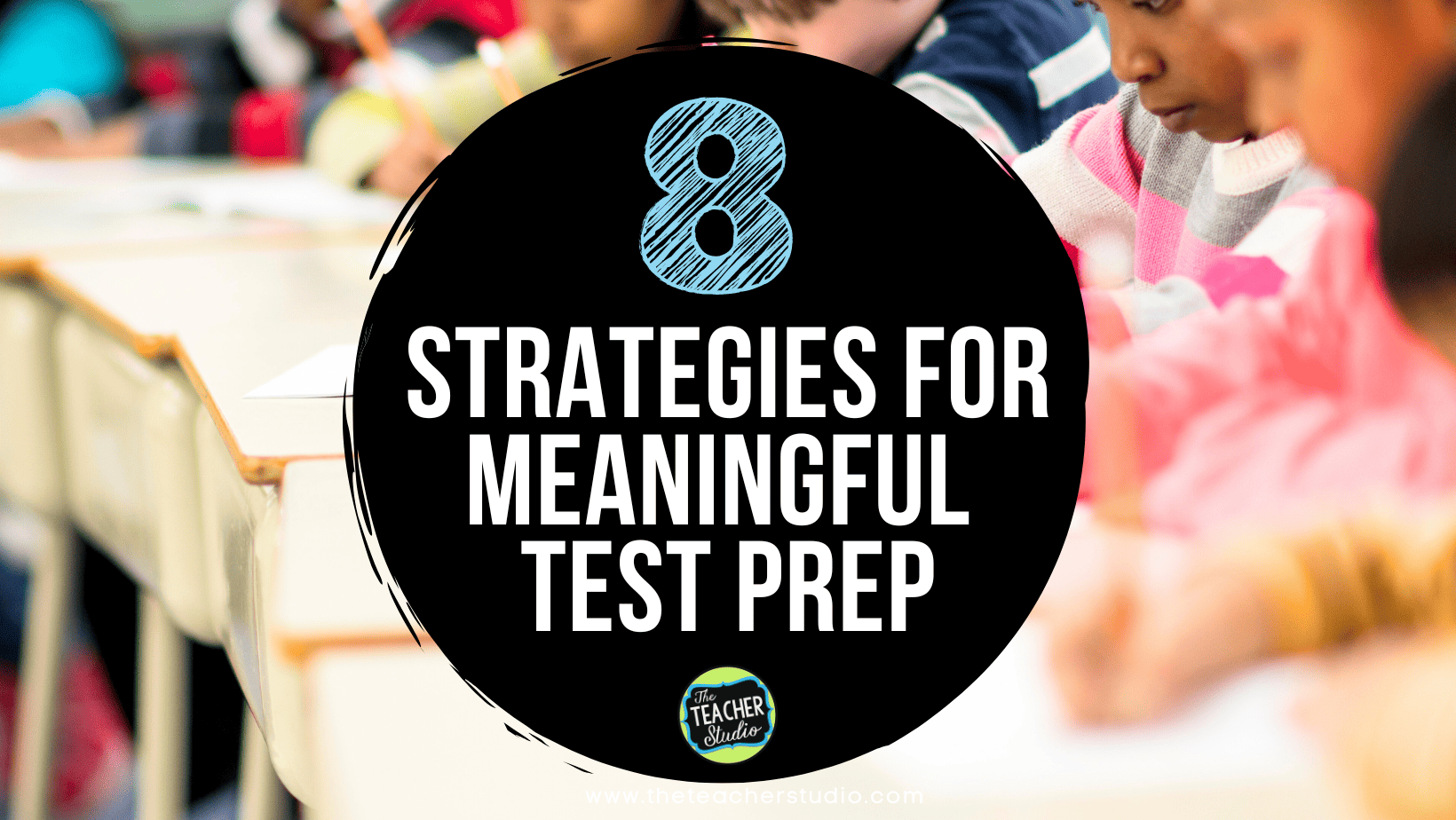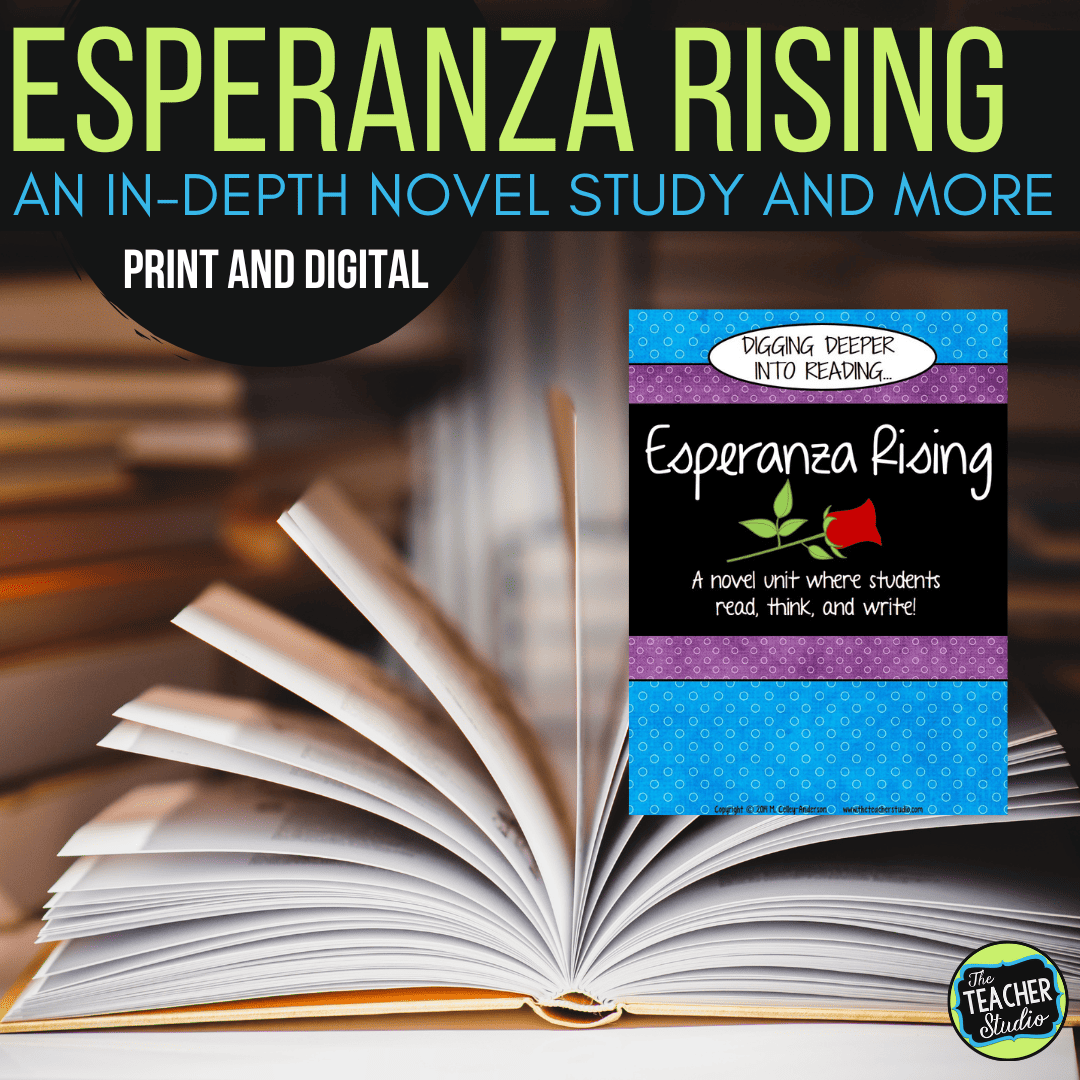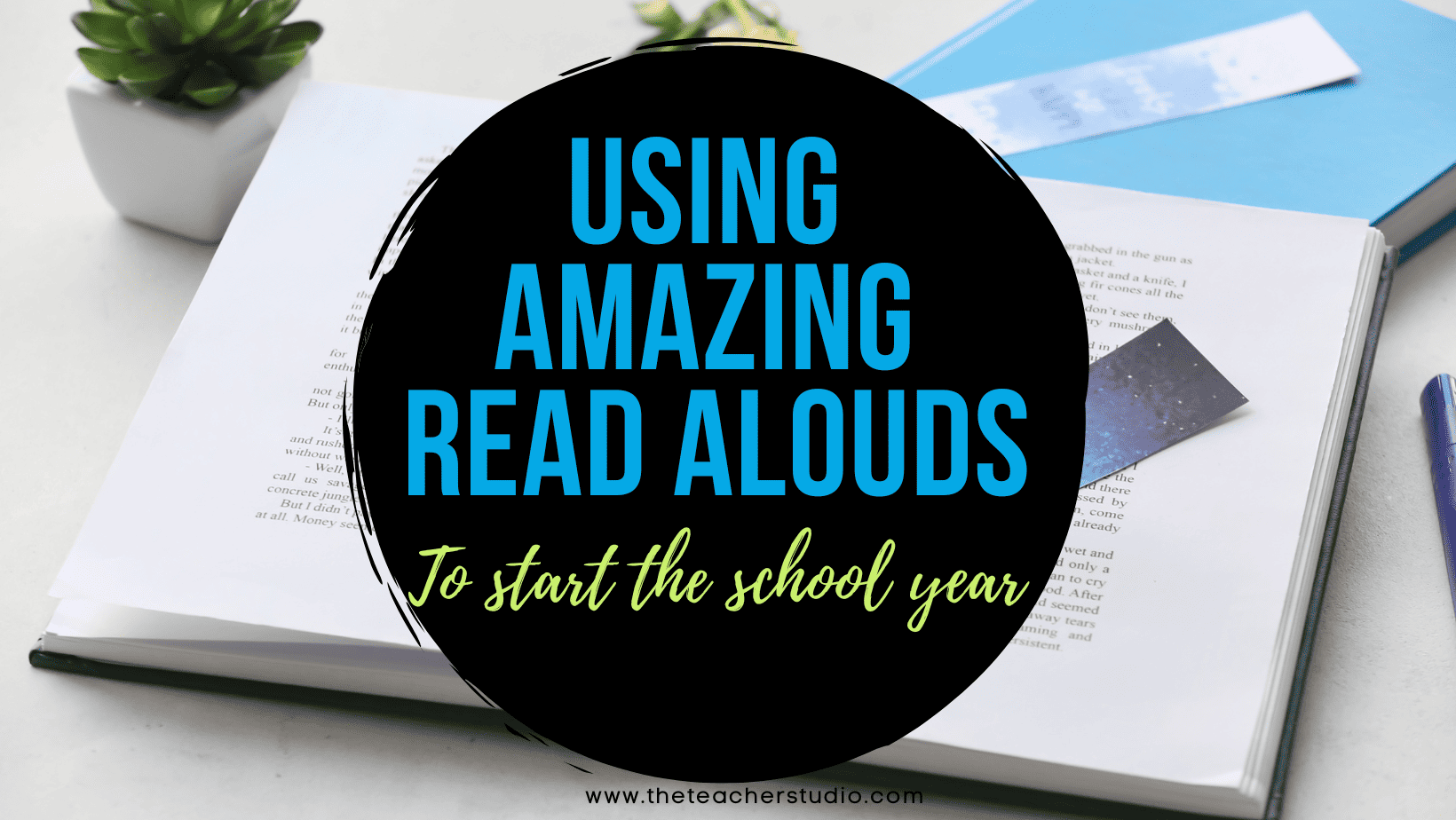I know I have written about quite a range of topics since the beginning of this little blog, but recently I have seen a number of blog posts (here included!) about goals/resolutions for the new year. Returning to school in January can be a great time for goal setting–and a great time to revisit some of those “back to school” things we do automatically in the fall.
Teaching Students What We Want Them to Do
I have been doing this teaching thing for more than 25 years now, and one thing I know to be true is that there are just some things that some students don’t do naturally. You would think they could walk in a line…read a book without getting distracted…know to not peel off the nametags on their desks. But they don’t–at least some of them don’t. We need to explicitly teach them what we expect!
The push for better reading behaviors has dramatically changed reading performance (and enjoyment!) in my class. For the last 10 years or so I have explicitly taught my readers what effective readers do…and it makes a difference. Want to read more about this? Just CLICK HERE for another blog post with more. Here’s another post about incorporating those reading behaviors into student-set goals. Read that post by CLICKING HERE.
Teaching the Standards for Mathematical Practice
But today I want to talk about how I am going to go back and revisit MATH behaviors when we return to class next week. The Common Core has thankfully included a set of 8 mathematical practice standards geared toward raising the level of rigor in the classroom–and require us to explicitly teach students how to be mathematicians. The image above is an anchor chart I have hanging in my room. We are going to work ourselves back through the list with a series of activities in January. I am not so naive as to think that my initial instruction on this 4 months ago was enough for all my students. We continue to talk about them throughout our lessons, but it’s time to tighten the focus again. I display these “kid friendly” posters in my room–but most importantly, we talk about them, we model examples of them, and we practice them. “Attends to Precision” is one that I start the year with and revisit constantly. (I have other color combinations in my store as well.)
So…if the idea of “Math Behaviors” is new to you, I encourage you to spend some time snooping around the Common Core. The math practice standards are explained in somewhat technical language. I have made this “math behaviors” anchor chart to be a little more student-friendly, and I have also posted mini-posters that state all 8 practice standards in kid-friendly language.
I have a few versions in my TpT store if you think they would help you. I’ve also created a set of Standards for Mathematical Practice checklists that help break down these math standards for teachers AND students because there is a LOT to them! Don’t forget that there are lots of ways to infuse instruction related to these standards! Here are just a few examples…
Here are the checklists I use to help students better understand the standards and to help them self-assess.
So–another challenge for all of you…how much “explicit instruction” have you given your students on what you expect from them in math class? It’s time for me to dig back in…it’s a cyclical process that we need to spiral through our year. Thanks for stopping by!






